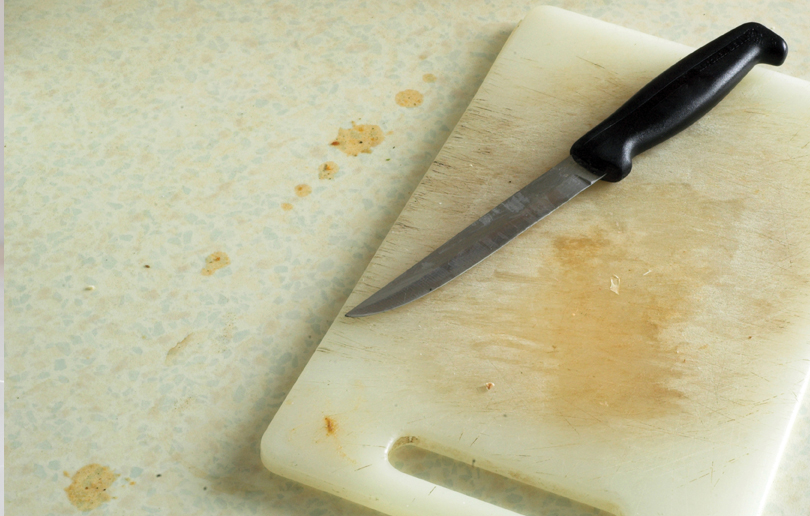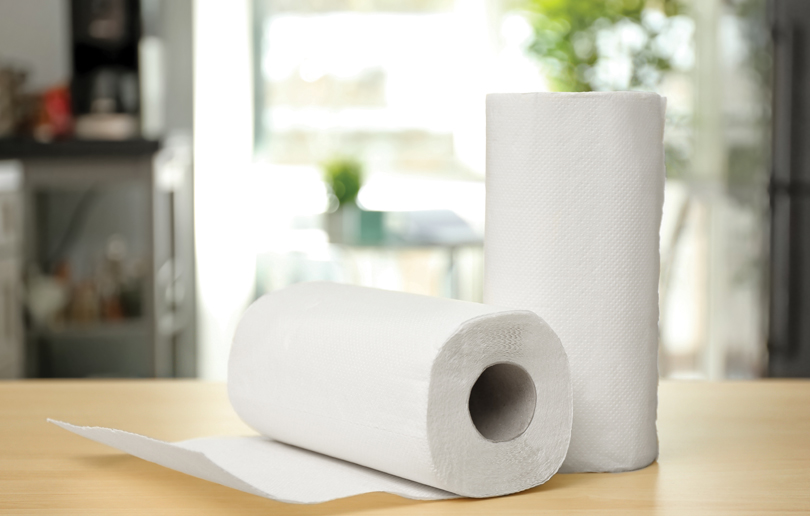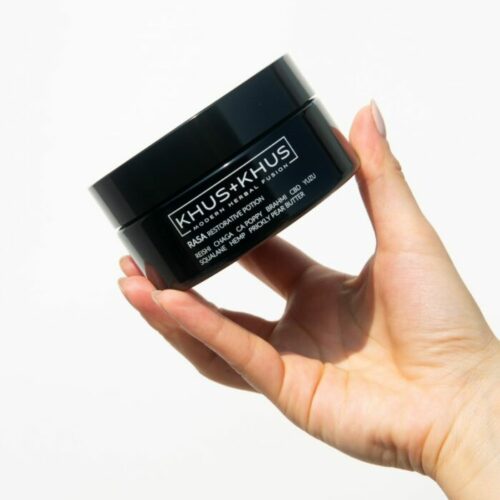Where Bacteria Lurk in the Kitchen
Regardless of how clean and tidy you keep your home, there are usually common places where bacteria lurk in the kitchen.

With the temperatures and humidity conditions in this region, some bacteria are able to divide every 20 minutes in the average home. Not all bacteria are harmful – your body contains plenty of bacteria that are essential for health, such as gut bacteria. But some can be found throughout your kitchen that can make you sick and weaken your immune system. If you think a wipe with a sponge or cleaning cloth keeps the kitchen clean, think again!
Over the coming magazine issues and on the website, we’ll explore these areas, but for now, let’s put the rest of the kitchen under the microscope.
Sponges and dish cloths
One study found that more than 75% of dish sponges and rags had salmonella, E.coli, and fecal matter (human waste) compared to 9% on bathroom tap handles. In the current virus climate, it is therefore a safe solution to use sheets of disposable sterilised kitchen roll to clean down surfaces before and after food preparation.
Kitchen Floor
A study from the Hygiene Council in the United States found that the kitchen floor just in front of the sink has more bacteria (830 per square inch) than the garbage bin (411 per square inch). Other surprises included the fact that the average kitchen sponge held 60 times more bacteria than a pet’s food bowl and that the kitchen counter was more bacteria-ridden than the average toilet seat.
Kitchen items that need frequent cleaning include:
Cutting boards
After washing, use a kettle full of boiling water to pour over cutting boards, particularly if you have been using them for poultry, meat or fish.

Coffee machine
These can be the perfect breeding ground for bacteria. One study swabbed 11 different brands of home coffee machines and found 11 different types of bacteria, including a bacteria that grows in standing water; and another strain of bacteria that is present in the human colon. So to clean inside the coffee machine, mix equal parts of white vinegar and water, then run the cycle. When this is done, brew again with just clean water once or twice to rinse any remaining vinegar solution away. Remove deep stains from the coffee pot with a soft sponge and some baking soda. Don’t keep water sitting in the water compartment – only use the amount of water you need and wash this daily.
Fridge
Some bacteria, such as listeria monocytogenes, thrive at cold temperatures and will multiply in the refrigerator over time and could cause illness. To keep the fridge clean, spray the inside of the fridge with a solution of vinegar and water, concentrating on any visibly dirty areas and let it soak in. Then remove the shelves and drawers, and wash them separately with warm soapy water. Dry them with sterilised kitchen roll. Clean the inside of the fridge in the same way and wipe everything down with sheets of sterilised kitchen roll.
Kitchen sink
One study found that the kitchen sink is one of the most bacteria-ridden spots in the kitchen, and found that 45% of the sinks they examined tested positive for coliform bacteria; with 27% containing mould growths. Sinks should be thoroughly cleaned 2-3 times a week. Wearing rubber gloves, wipe bleach over the entire surface of the sink – the tap arm and handle, the bottom, sides and around the plughole and sink strainer. Leave it to soak for 30 minutes, then rinse the bleach off and clean with a scouring sponge and cream cleaning fluid.
Counter tops
Areas where food is stored or prepared tend to have more bacteria and, alarmingly, fecal contamination (from inadequate hand-washing) than other places in the home.
Here are some tips for keeping these kitchen areas sanitised:
- Use sterilised paper kitchen roll sheets and disinfectant to wipe the tap, refrigerator surfaces, and countertops – and throw them away immediately after use
- Heat any damp sponges in the microwave for a minute to kill bacteria (be careful, they will be very hot after)
- Soak any sponges in a litre of warm water with a teaspoon of concentrated bleach last thing at night
- Change dish towels one a day, or more frequently if they are getting lots of daily use
- Wash your hands after you unpack groceries, before and after touching or handling food – and especially after touching raw meat or unprepared food.

Using bleach and rubbing alcohol, and wiping surfaces with disinfectant containing over 60% ethanol or 70% isopropanol are all effective against the Covid-19 virus on these surfaces in the kitchen.
FURTHER READING:
Reducing the Risk of Virus Infection
Home Delivery Hygiene: A Look Behind the Scenes
A Child’s Perspective of the Covid-19 Lockdown
Bacteria Hidden on Light Switches & Handles












Comments